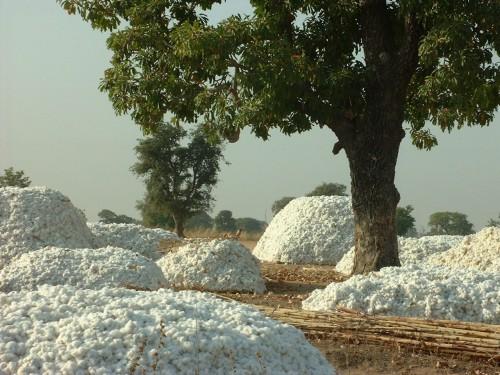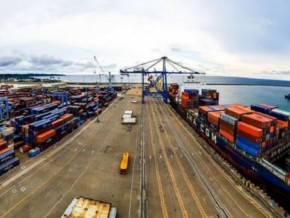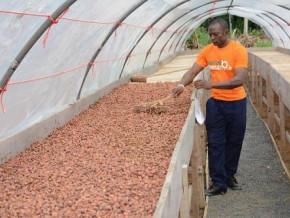
Agriculture: Mainstay of Cameroon’s economy

(Business in Cameroon) - It involves about 70% of the economically active population and accounts for as much as 80% of the primary sector’s contribution to GDP. It also provides 1/3 of foreign exchange earnings and 15% of budgetary resources.
Richly endowed with agricultural products, Cameroon has ideal conditions to ensure its food security and consequently achieve more effective agricultural exports.
Production is diversified between cash (export) and food crops, making Cameroon, Central Africa’s bread basket. As regards export crops, Cameroon ranks 5th in world Cocoa and 8th in Coffee production.
Agro-industrial production essentially focuses on these and other export crops like banana, palm oil, sugar, rubber and tea. While coffee and cotton production is recovering from the hard weather conditions that forced a decline in the two sectors, an upturn is being experienced in palm oil, banana and rubber production.
“With new agricultural techniques in place, palm oil yield per hectare will increase from 7 tons/ha to 15-20 tons/ha. At its peak, 85,000 tons of FFB per year will be expected,” according to forecasts by the Cameroon Development Corporation, (CDC) the country’s biggest agro industrial company.
As concerns banana, the government’s policy is to increase its export tonnage from 200,000 tons to 400,000 tons this year.
Animal husbandry
Animal husbandry is among the major activities of Cameroon’s economy. Due to natural and human factors, this activity is carried out in different ways throughout the national territory predominantly using traditional methods. Being self-sufficient in animal products the country annually exports cattle to neighboring Nigeria, cows, sheep and goats to Gabon, and about a thousand heads of small ruminants to Congo and Equatorial Guinea.
Cattle in Cameroon are found in the Adamaoua, in the North and North-west regions. While goats are raised almost everywhere in the country, sheep are reared only in the North and the Adamaoua. Pigs are in the West, Littoral, Centre, East, and South-west while horses and donkeys are bred in the North, West and Northwest regions. Poultry is found in all the regions of the country.
Major agro-industrial companies
The Cameroon Development Corporation (CDC) which is the largest single employer after the State, with 25,000 employees, produces: palm oil and palm nuts, tea, rubber and banana (makossa and sawa banana). Cameroon Rubber Company (HEVECAM) manages 15,000 hectares of rubber plants and a manufacturing industry with a capacity of 26,412 tons of rubber (94/95) and an employment roll of 4,300 full-time workers. The Cotton Development Company (SODECOTON) based in Garoua has 1,527 workers operating 8 factories that produce 152,815 tons of cotton, 62,808 tons of fiber, 76,340 tons of triturated grains and 11,345 million litres of oil on average per year. Cameroon Sugar Company (SOSUCAM) produces more than 60,000 tons of sugar per annum and employs 4000 people. Cameroon Oil Palm Company (SOCAPALM) for its part produces more than 50,000 tons of palm oil and more than 9,000 tons of palm nuts per annum. Palm Oil Plantation (PAMOL) based in Lobe, South West region, produces palm oil, laundry soap and, to a certain extent, rubber. Others such as SEMRY in the North and Upper Noun Development Authority (UNVDA) in the North West region are involved in rice production.
J.V.
Mags frontpage
- Most read 7 days
- shared 1 month
- read 1 month


























